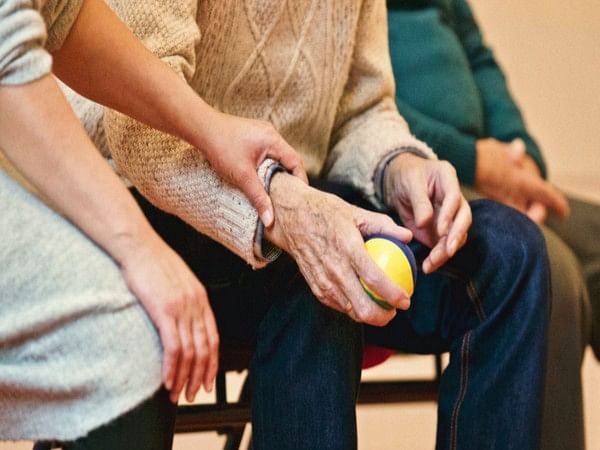Rochester (New York) [US], February 15 (ANI): Osteoarthritis is the most common form of arthritis, affecting millions of people worldwide. It occurs when the protective cartilage that cushions the ends of the bones wears down over time. Now, scientists from Rochester Institute of Technology and Cornell University teamed up to explore cartilage tissue’s unique properties with the hopes of improving osteoarthritis diagnosis and treatment.
The team published a new paper in ‘Science Advances’ outlining their findings.
Cartilage tissue in our knee and elbow joints is just a few millimetres thick but can bear loads up to 10 times the body’s weight and withstand a few hundred thousand loading cycles with minimal damage over a person’s lifespan. But the tissue does not regenerate once people reach adulthood, and damage to cartilage can be a precursor to diseases like osteoarthritis. RIT’s biophysics modellers and Cornell’s experimentalists examined what mechanically happens to cartilage tissue at the microscopic level in response to shear to help drive advances in medical imaging.
“The goal was to find a mechanistic biophysics framework that can make realistic predictions about what kind of changes are taking place in cartilage mechanics and function during various disease pathways,” said Moumita Das, co-senior author of the paper and an associate professor in RIT’s School of Physics and Astronomy. “This mathematical model is informed by experimental data, so we can combine it with noninvasive measurements like MRIs. With a map of properties for healthy and damaged cartilage tissue, doctors can make predictions about when surgical intervention is necessary just from imaging without having to do invasive procedures.”
RIT Postdoctoral Research Associate Jonathan Michel served as co-lead author on the paper, and Pancy Lwin, a mathematical modelling PhD student from Myanmar, also served as a co-author. Cornell’s contributions were directed by Professor Itai Cohen and Professor Lawrence Bonassar.
The paper builds on another recent study the RIT-Cornell team published in Soft Matter that looked at how cartilage’s properties resisted fracture and how artificial materials can be tuned to mimic those properties.
“As far as manmade synthetic materials, nothing anyone has come up with to date can compare to cartilage,” said Das. “If we can understand the origins of cartilage’s robust and resilient properties, it can help us engineer tissues to replace cartilage or make other materials for applications such as soft robotics.” (ANI)
This report is auto-generated from ANI news service. ThePrint holds no responsibility for its content.



